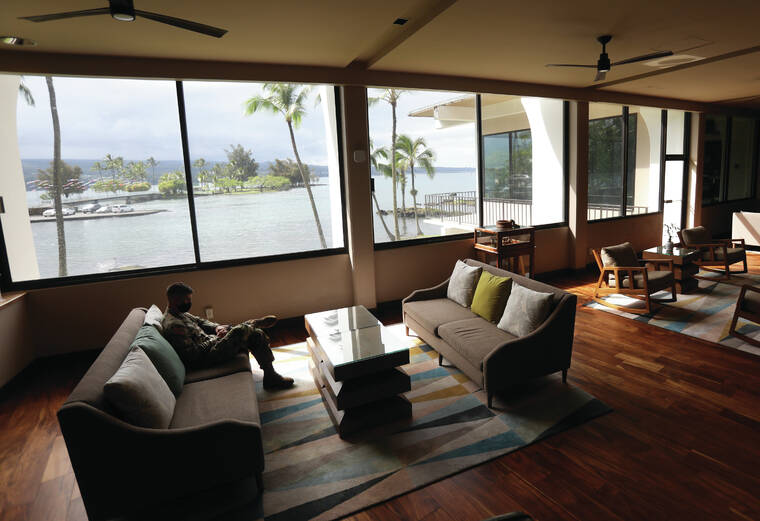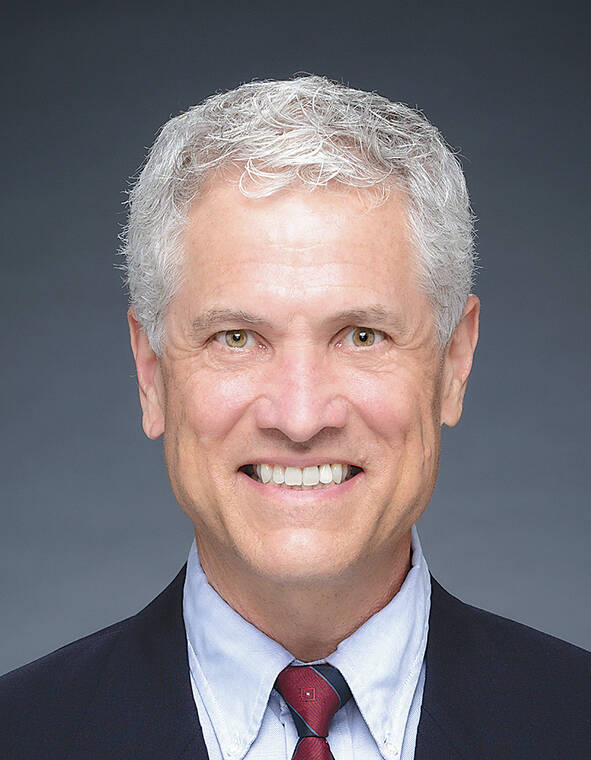On the heels of the governor and Legislature scooping up the counties’ share of a tax on hotels and short-term rentals, County Council members next week will discuss imposing their own.
Bill 81, scheduled for Tuesday’s Finance Committee agenda, would impose an additional 3% local tax on top of the current 10.25% state transient accommodations tax.
The Legislature paved the way for the additional lodging tax in a gut-and-replace bill passed without public input earlier this year. HB 862 took away the counties’ share and gave it to the state, while allowing the counties to pass their own local-option tax up to 3% for up to 10 years.
Kauai and Maui have already passed the tax for the full amount; the Honolulu City Council recently advanced its bill on first reading on a 7-2 vote.
If all counties pass the measure, the resulting 13.25% tax makes Hawaii the state with the highest lodging tax in the nation, Mufi Hannemann, president and CEO of the Hawaii Lodging & Tourism Association, has said. Hannemann warned the additional tax could hinder the state’s ability to compete in the tourism market.
The tax is imposed on hotel rooms and rentals of less than 180 days.
Hawaii Island tourism officials couldn’t be reached for comment by press-time Tuesday, but they’re expected to resist the measure.
Hamakua Councilwoman Heather Kimball, sponsor of county Bill 81, said imposing the additional TAT is the most equitable way to make up the $19 million the county lost when the state acted. She doesn’t want to see residents and property owners have to foot the bill through increased property taxes.
She said she’d opposed the state’s measure, but now that it’s passed, the county needs to do something.
“There’s a $19 million budget hole that I don’t see how to fill in any other way that’s just,” Kimball said. “We have a big budget hole and I don’t know any other way to fill it.”
The TAT was originally passed by the state Legislature in 1986 to provide revenue to the counties to offset the impacts of visitor activities on county infrastructure and services. Over time, the counties’ share was diluted by earmarks added for specific projects, leaving the counties an increasingly diminished share. That share stopped entirely this year.
Kimball said Finance Department officials estimate the proposed tax will bring the county back up to its $19 million annually within three years.
“We’re the last ones to put a bill forward,” Kimball said.






